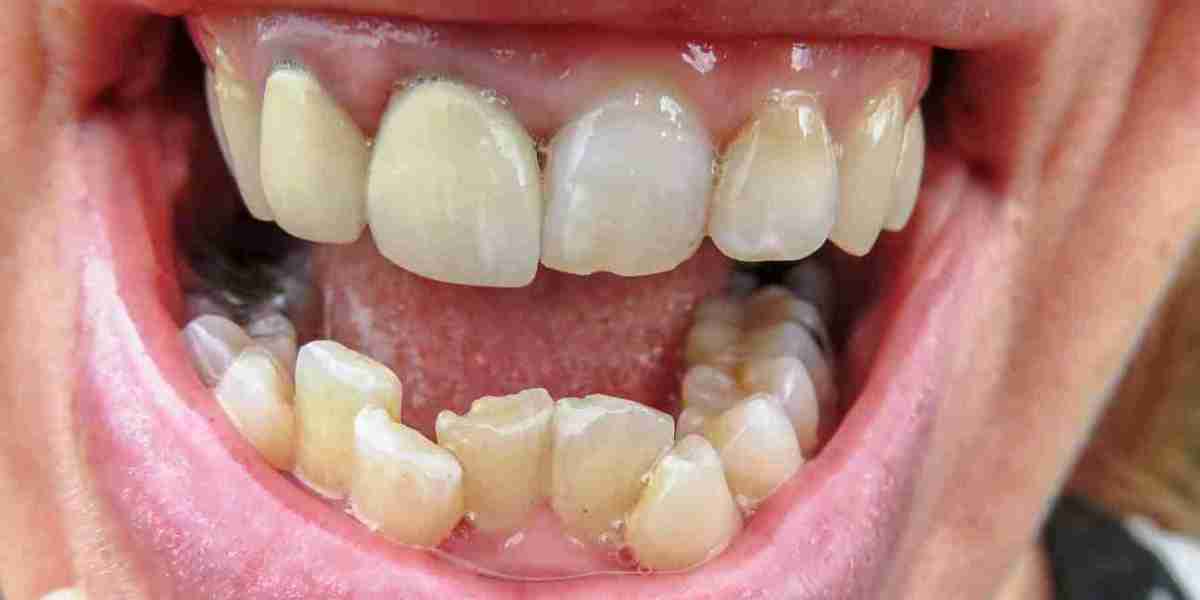If you’re wondering can aligners work on severely overlapping teeth, the good news is that modern clear aligners have evolved dramatically and can now treat even complex orthodontic issues. While aligners were once limited to mild spacing problems, advanced systems like Invisalign and other custom-fit trays can effectively address moderate to severe Overlapping Teeth Treatment in Dubai—depending on the case and patient compliance. Understanding what aligners can realistically do is key to deciding if this treatment option is right for you.
How Aligners Correct Overlapping Teeth?
Clear aligners work by gradually shifting your teeth into proper alignment through a series of custom-made trays. Each set of aligners is worn for about two weeks and applies gentle, consistent pressure to reposition your teeth over time.
Aligners target overlapping by moving each tooth individually into position
Digital treatment planning allows for precise movements per aligner stage
Attachments or “buttons” may be added for extra control over tooth movement
Interproximal reduction (IPR) is sometimes used to create space between teeth
Severe cases may require longer treatment durations and more aligner sets
The treatment is not painful but does require strict daily wear—usually 20–22 hours per day—for optimal results.
Who Is a Good Candidate for Aligners?
Aligners can be a powerful option for individuals with severely overlapping teeth, but success depends on several factors including the complexity of your case and your dental health history.
Adults and teens with permanent teeth and healthy gums are ideal candidates
Patients willing to wear aligners consistently and care for them properly
People who prefer a discreet and removable alternative to braces
Those who do not require jaw repositioning or surgical interventions
Patients with no significant tooth decay or untreated gum disease
Your orthodontist or dentist will conduct a full assessment, including 3D imaging and bite analysis, to confirm if aligners are appropriate for your specific needs.
When Aligners Might Not Be Enough Alone?
Although aligners can address a wide range of overlapping issues, they’re not always suitable as a standalone solution in very severe or complex cases. In these instances, a combination of treatments might be more effective.
Severe skeletal issues may require traditional braces or surgery
Complex overlapping involving rotated molars or canines might need braces
Patients with multiple missing or impacted teeth may need implants or bridges
Early-stage gum disease may need treatment before aligners can be considered
Children with developing jaws may need growth modification appliances first
If aligners alone aren’t enough, your orthodontist may recommend a hybrid treatment plan combining different techniques to achieve optimal results.
Benefits of Using Aligners for Severe Overlapping:
Despite the complexity of some cases, aligners remain a popular choice for many because of the lifestyle advantages and cosmetic benefits they provide during treatment.
Nearly invisible—no metal wires or brackets on your teeth
Removable for eating, brushing, and special occasions
Easier to maintain oral hygiene compared to fixed braces
Fewer visits to the orthodontist due to pre-planned tray series
Digital previews of your smile before starting treatment
For many patients with severely Overlapping Teeth Treatment, the blend of aesthetics and function makes aligners a compelling option worth exploring.
Getting Started with Aligner Treatment:
If you're serious about correcting severe overlapping, the first step is to consult with a certified orthodontist or aligner provider who can assess your case and map out a treatment plan.
Schedule a consultation to determine aligner eligibility
Review your 3D scan or digital impressions with the orthodontist
Ask about estimated treatment time, cost, and expected results
Understand how many aligner sets and refinement stages may be required
Discuss lifestyle commitments needed to ensure treatment success
So, can aligners work on severely overlapping teeth? In many cases—yes. But only a trained professional can confirm your candidacy and guide you through a safe, effective orthodontic journey.




